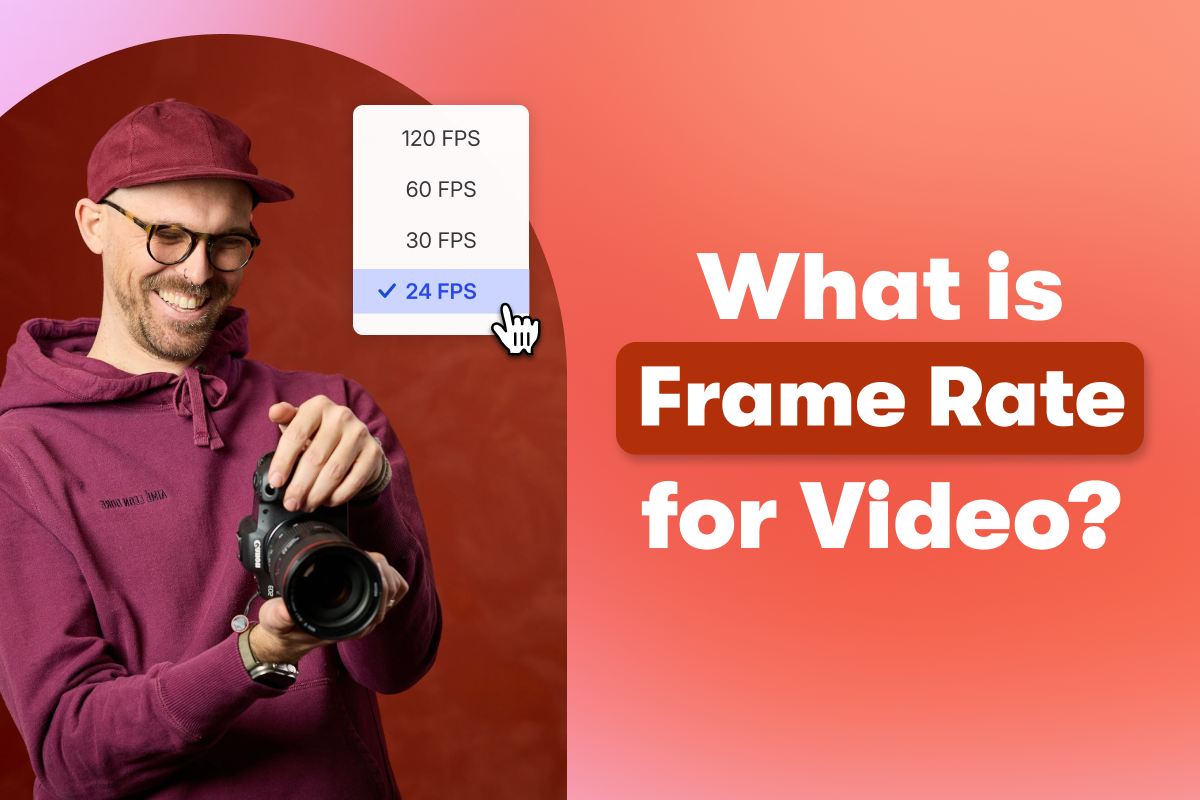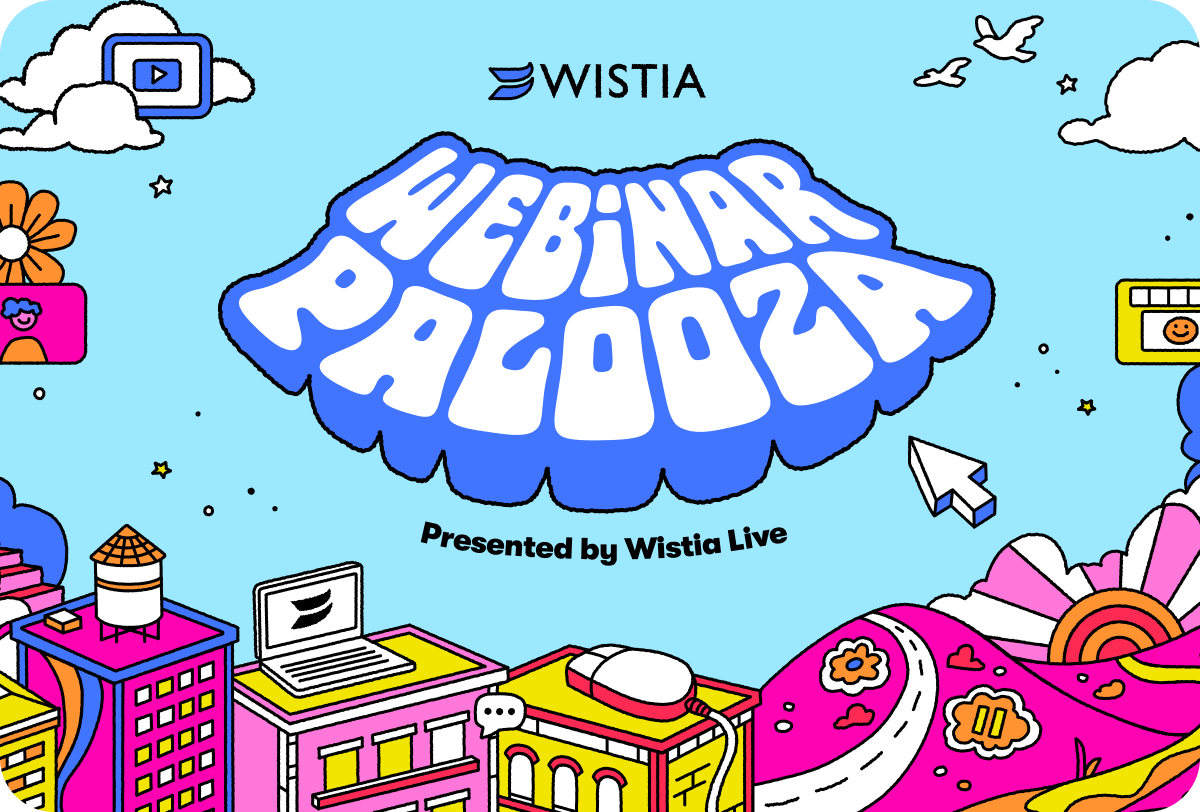The Marketer’s Guide to Podcast Formats: 5 Types of Podcasts You Can Produce
August 13, 2020
Topic tags
As a marketer, you’ve probably noticed the recent uptick of brands launching podcasts. In fact, 23% of U.S. adults listen to podcasts every day or a few times per week. With more and more brands entering the podcast space, you might be considering taking the leap and creating a show for your own company — but where do you get started?
The secret is in the sauce — or, in the case of podcasts — the format. Selecting the right format is one of the first critical steps to launching a successful new show. And if you’re new to show formats or not sure what’s best for your brand, we’ve got you covered.
We’ve gathered advice from a few industry leaders to outline five popular podcast formats along with the pros and cons, best practices, and examples for each format. Easy peasy!
Podcast formats we'll cover
Read on to learn all about podcast formats and which one is the ideal fit for your next show.
1. Narrative-style podcast
Narrative-style podcasts tell the stories — stories of people, businesses, or brands. They usually feature interviews along with music and sound effects to add to the storytelling. And, they’re typically highly produced and aim to entertain and enchant their audience.
Examples
Pros
Since they allow for the most creativity, narrative-style podcasts can be incredibly engaging. This rings especially true in B2B.
For example, Red Hat’s narrative-style podcast, Command Line Heroes, has a 90% average episode completion rate. Buffer’s Breaking Brand also keeps folks listening at a good clip, boasting an average completion rate of about 83%. According to Buffer’s producers, an average completion rate of 80% is deemed great for a branded show — so both Red Hat and Buffer are knocking it out of the park.
“Red Hat’s narrative-style podcast, Command Line Heroes, has a 90% average episode completion rate.”
Cons
Narrative-style podcasts can require multiple interviews, music and sound effects, and heavier editing. As a result, they’re usually the most time-intensive podcast format.
If you’ve never created a narrative-style podcast before, you’ll likely encounter a steep learning curve. Fortunately, there are now boutique podcast agencies, freelancers, and podcast workshops that can help.
To help craft Breaking Brand, Buffer’s first-ever narrative-style podcast, Editorial Director Ash Read hired the podcast agency Message Heard. They were hugely helpful to him and his team.
“We brought in the experts who know how to do this stuff because I don’t know how to produce a narrative podcast from scratch. There were so many moving parts,” he says. “I’d also never booked a recording studio before. I’d actually never been in a recording studio before. I don’t speak that language. I don’t know how to pick a good sound engineer in New York. There are just so many things to juggle. That’s why it’s so important to hire the pros to help you out.”
“There are just so many things to juggle. That’s why it’s so important to hire the pros to help you out.”
Best practices
Crafting a narrative-style podcast can seem like a daunting task — but don’t get discouraged. We’ve got several podcast tips and best practices to help make the process as smooth as possible.
First, you’ll want to nail down your show’s story. According to Rian Johnson, the writer and director of critically acclaimed films like Knives Out and Star Wars: The Last Jedi, mapping out his story’s structure is the most critical part of his writing process. And while your show might not be a billion-dollar blockbuster like Johnson’s movies, his insight into story structure should resonate with any marketer aiming to create binge-worthy content.
The most effective way to nail your podcast’s story structure is to map it out before you start scripting — and don’t get discouraged if the process takes longer than expected. Buffer took four passes at mapping out the season’s plot points for Breaking Brand before they found their angle.
Another pro tip? Consider getting help from an agency, freelancer, or podcasting professional. Similar to Buffer, Red Hat saw a ton of success partnering with a podcast agency to craft their narrative-style podcast. Their agency, Pacific Content, and their work on Command Line Heroes helped Red Hat get nominated for a Shorty Award in 2019.
To find an agency to help craft your show, see who produced your favorite branded or original podcasts and reach out to them.
However, if you’d rather pursue a more affordable option, you can always find help in freelance marketplaces like Fiverr or Upwork.
2. Solo Podcast
Solo podcasts feature a single host (and no guests) telling stories or providing commentary on a specific topic or theme. These shows can be entertaining, informative, or a mix of both. To make up for the lack of guests, these shows usually boast compelling storytelling and vivid sound engineering — though you could definitely take a less produced approach.
Examples
Pros
When you produce a solo podcast, your audience spends the entire duration of the show with you and you alone. After listening to your podcast for a while, they’ll start to feel like they know you personally. This format is exactly why Jay Acunzo calls podcasting “intimacy that scales.”
“When you produce a solo podcast, your audience spends the entire duration of the show with you and you alone. After listening to your podcast for a while, they’ll start to feel like they know you personally.”
In terms of workload, solo podcasts are typically easier to edit than narrative-style podcasts because you don’t have to splice in interviews.
Cons
To some listeners, having no guests on your podcast can decrease the credibility of your show. Unless you’re an established thought leader in your space, it’s challenging to get your audience to immediately trust your word.
Solo podcasts also tend to lack audio variety since it’s just a single voice, which can lose an audience’s attention. Additionally, you may have to do several takes since you’re talking for the vast majority of the show.
Best practices
In solo podcasts, you’re the only speaker, so consider preparing for it like you would a big presentation. Be sure to outline, script (optional but encouraged!), and rehearse your episode.
Also, consider spicing things up with music and sound effects — this can add some welcomed variety and provide breaks between segments.
3. Co-hosted podcast
On a co-hosted podcast, two or more hosts either discuss a certain topic with each other, interview a guest about it, or incorporate both.
Examples
Pros
Multiple hosts can act as one super host — they’re able to bring more perspectives, insights, and questions to the table. Your hosts can also share the workload of one podcast, making life a little easier. For example, if you have two guests on an episode, each host can interview one guest instead of only one host interviewing both.
“Multiple hosts can act as one super host — they’re able to bring more perspectives, insights, and questions to the table.”
Cons
It can be hard to balance creative decision-making and air time on a co-hosted podcast, which are two of the most rewarding and stimulating parts of being a podcaster.
You also need to find the right balance between co-hosts going on tangents that the audience enjoys and dialing things back to keep the episode on track. You’ll likely also have to spend more time in post-production to pare down these cross-talks and digressions.
Best practices
To strike a balance on all fronts, have hosts hold each other accountable to collaborate fairly and stay on topic during each episode. Consider hosting 1:1 meetings to share honest feedback on how equitable things are.
Additionally, listen to the podcast on your own, take notes on how well the other host keeps the episode on track — and have your co-host do the same. You can use these notes to improve your hosting and interviewing skills during your 1:1 meeting. This offers a different viewpoint of your respective performances and lets you collaborate to improve your show.
4. 1:1 interview podcast
On a 1:1 interview podcast, a host interviews a different guest each episode, just like on a talk show. It’s usually a lightly edited dialogue between the host and the guest.
Examples
Pros
The primary benefit of producing a 1:1 interview podcast is that the pedigree of your guests can instantly grab your audience’s attention, especially if you’re competing against bigger brands in your space.
“The pedigree of your guests can instantly grab your audience’s attention, especially if you’re competing against bigger brands in your space.”
If you’re a host, producing a 1:1 interview podcast means little post-production work. You can also offload this step of the process to someone else on your team or a freelance editor.
At Privy, CMO Dave Gerhardt hires a freelance editor from Fiverr to edit each episode of their podcast The Ecommerce Marketing Show for just $40 an episode. It saves him about two hours of work each week.
Cons
Unfortunately, the 1:1 interview is the most saturated podcast format — especially in B2B. Almost every industry is filled to the brim with this type of podcast.
With 1:1 interview podcasts, it can also be tough to consistently book guests. At HubSpot, for example, they produce a podcast called Weird Work that dives into the unique ways people make a living, like being an international pizza consultant. And according to Matthew Brown, HubSpot’s Senior Audio Producer, booking guests with an unconventional job is just as hard as booking a CEO.
“After coming from booking CEOs and company founders for The Growth Show, we figured booking more everyday folks would be easier,” Brown says. “Of course, that was foolish. A professional mermaid’s time is just as important as the CEO of a popular startup and equally as hard to lock down.”
Best practices
When you produce a 1:1 podcast, interviewing is naturally the most important skill to sharpen. To hone your interviewing chops, check out our article, Podcasting Part 3: Tips for Conducting a Great Interview with Jay Acunzo.
On top of that, contact your guests well in advance to ensure you can fill your calendar with great interviews. This will ensure a consistent cadence and also give you plenty of time to promote and highlight guests in advance.
5. Panel podcast
On a panel podcast, a host or host(s) interview multiple guests about a specific subject.
Examples
Pros
Like co-hosted podcasts, having more guests on your show can bring more perspective and insight to your episodes than traditional 1:1 interview shows. With panel podcasts, you can also draw a larger audience and support larger events — like live shows — that your superfans can attend, boosting their affinity for your brand even more.
Cons
Running a panel podcast requires you to find a specific date and time that works for multiple guests, which can be a challenge. As you’ve already learned from HubSpot’s Senior Audio Producer, it’s hard enough to book one guest, let alone two or more.
Keeping the show on track and on time also requires refined moderation skills. Your guests will likely be very passionate about the subject at hand, which is ideal, but this can also lead to long monologues, random tangents, and domination of the discussion. You need to be able to respectfully, yet assertively, steer people back on track — which is a delicate, nuanced skill to hone.
“You need to be able to respectfully, yet assertively, steer people back on track — which is a delicate, nuanced skill to hone.”
Best practices
To become a master of moderation, start by creating a topic list. Then, allocate a specific amount of time for each topic so you know when to move on to the next segment.
You should also aim to allocate time evenly between your guests. That said, give your guests some breathing room — some of their best nuggets of advice can come off the cuff.
Picking the right podcast format
Whether you want to craft the next Serial or start smaller with a one-person show, make sure your podcast format is right for your both brand and marketing team. And as your team evolves, revisit your podcast format and explore expanding the show or launching a new idea. You never know — your first podcast project could evolve into a highly produced show for your brand!






